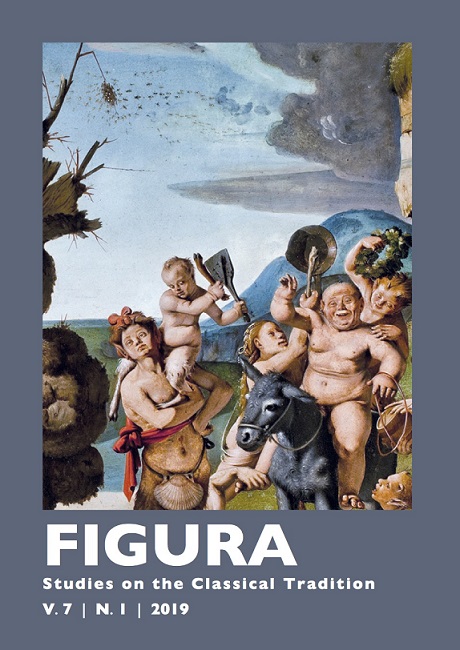Abstract
The following article focuses on the importance of insects as aesthetic, symbolic and allegorical objects of Japanese culture and their importance in terms of mainly their aesthetic influence on the shaping of decorative arts in the West and more specifically in the areas of glass and jewelry design at the end of the 19th century. In particular, it aims to exploring their long history in the culture and art of Japan and their impressive correlations with important historical characters, such as the caste of Samurai and their military and social importance from the time of medieval Japan to the end of the 19th century. Their meaningful presence in traditional Japanese art, especially during the Edo period, through the work of major artists mainly of the ukiyo-e print technique, such as Utamaro and Hokusai, is particularly highlighted. The new historical parameters that would lead Art Nouveau design to disregard the defiantly negative attitude of Western art to insects and to adopt the peculiar and, for many, primitive, cultural traditions of the Japanese, producing brand new design works will be profoundly discussed. In general, the way, according to which insects would be exonerated from their dark past in European art, they would become a new form of aesthetic excellence through glass and jewelry design and would manage to form a new thematic platform for designers of that time, will be highly commented upon, analyzed, and documented with relevant examples.

